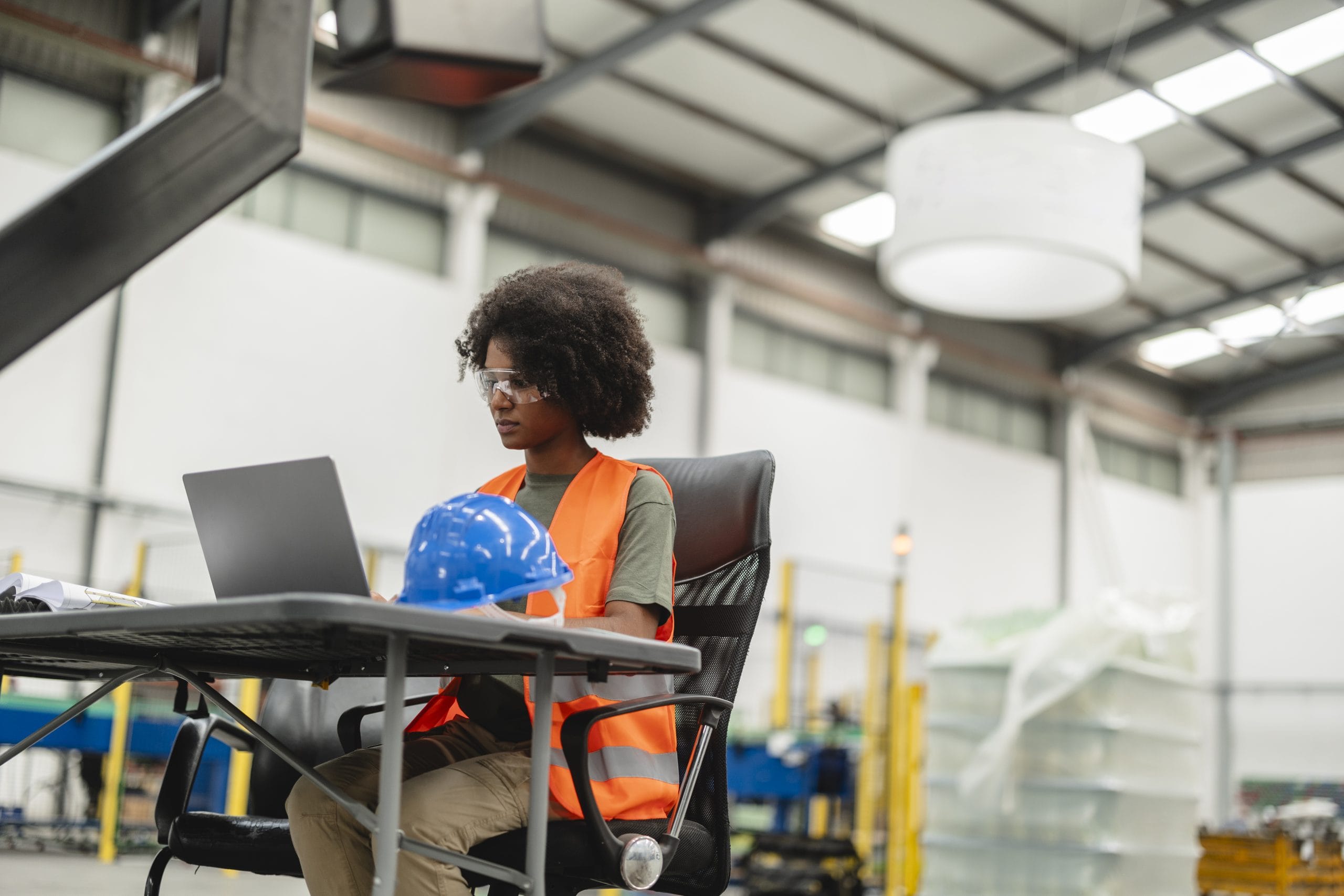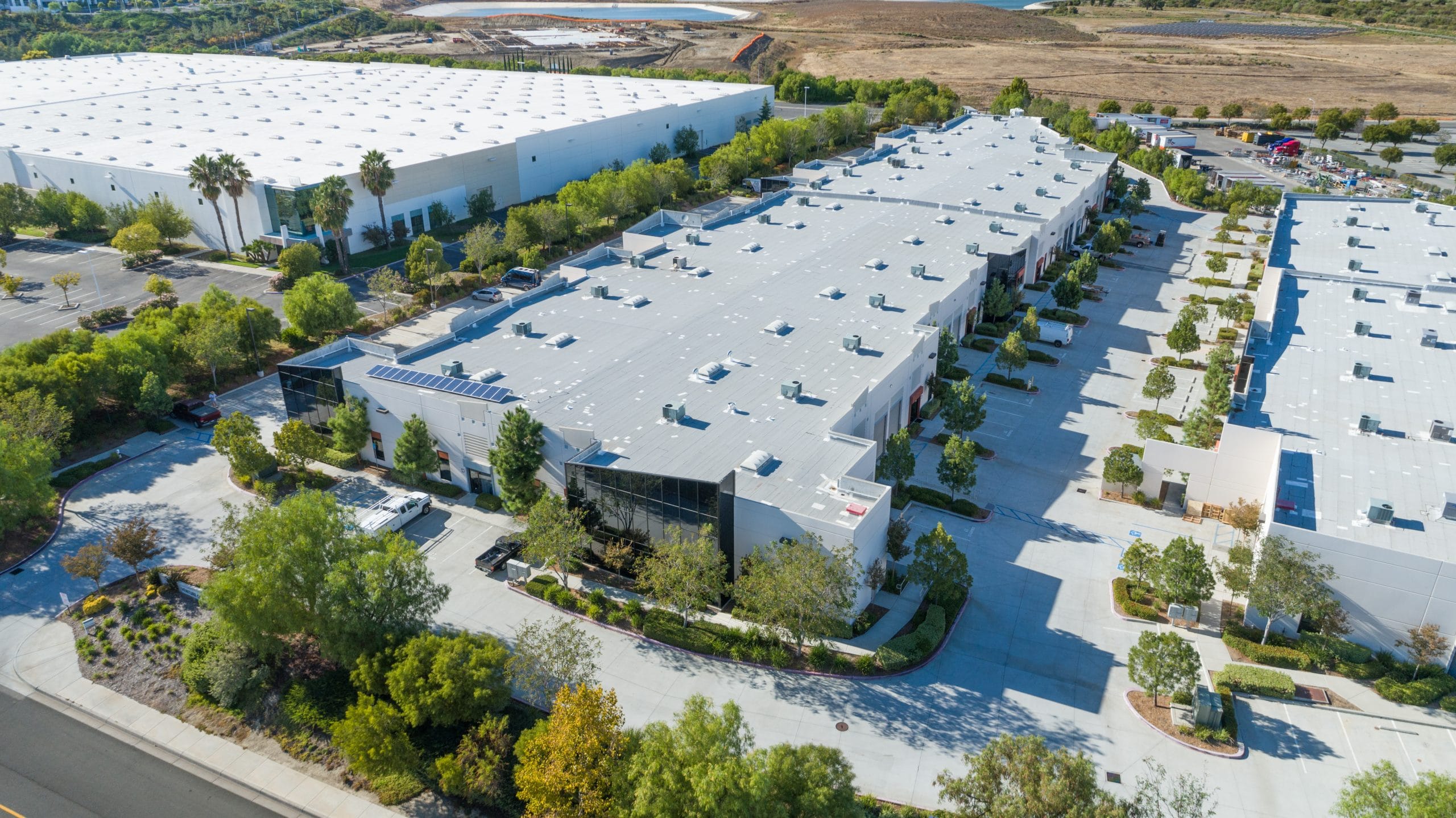


From Factory Floor to Online Store: Reimagining Manufacturing

The New Face of Manufacturing
The global manufacturing landscape is undergoing one of the most profound shifts since the Industrial Revolution. What once relied heavily on physical labor and localized production lines has now become an interconnected digital ecosystem. From advanced robotics to online marketplaces, manufacturing is no longer confined to the factory floor. The rise of e-commerce and automation has created an entirely new frontier where physical production meets digital innovation.
Manufacturers that once sold exclusively to wholesalers are now building direct-to-consumer channels, reducing intermediaries, and improving profit margins. This shift is not just technological, it is philosophical. The modern manufacturer must think like a tech company, a retailer, and a logistics firm all at once.
The Digital Factory Revolution
Technology has fundamentally altered how products are made. Smart factories equipped with sensors, AI, and data analytics, often referred to as Industry 4.0, allow manufacturers to monitor production in real time, predict equipment maintenance, and reduce waste. Companies such as Siemens and ABB have been at the forefront of creating digital manufacturing solutions that enable seamless communication between machines and software platforms.
This interconnectivity makes production not only faster but also more adaptable. When a consumer trend changes overnight, digital manufacturing systems allow rapid retooling of lines to meet new demand. Flexibility has become as valuable as efficiency, and data-driven insights are replacing outdated production forecasts.
Bridging Manufacturing and E-Commerce
Manufacturers are no longer content to stay behind the curtain. Platforms such as Shopify and BigCommerce have allowed producers to sell directly to customers, bypassing traditional retail channels. This direct-to-consumer approach gives manufacturers control over branding, customer experience, and data analytics.
For smaller manufacturers, this shift represents an opportunity to compete with industry giants. By integrating digital storefronts with automated inventory systems, they can align production directly with sales. When an item sells online, the factory can automatically trigger production to replenish inventory. This synchronization between online sales and production capacity creates a near-seamless supply chain loop that reduces storage costs and waste.
Data as the New Raw Material
Information has become the lifeblood of modern manufacturing. Data gathered from production lines, supply chains, and customers drives smarter decision-making at every level. For instance, Bosch uses predictive analytics to anticipate machinery wear and schedule maintenance before breakdowns occur. This not only prevents costly downtime but also extends equipment lifespan.
Meanwhile, customer data from online platforms helps manufacturers design better products. A company can analyze purchase trends, reviews, and social media feedback to adjust materials, packaging, or product features. Data eliminates guesswork and brings precision to innovation.
Automation and the Human Element
Automation continues to be a transformative force. Robotic arms, conveyor systems, and automated inspection processes improve speed and accuracy. However, automation does not replace human ingenuity, it redefines it. The role of workers is shifting from manual labor to oversight, programming, and innovation.
Manufacturers such as FANUC and KUKA have developed robots that can work safely alongside humans, creating cobots that enhance productivity rather than compete with it. These collaborative robots handle repetitive tasks while human workers focus on creative problem-solving, quality control, and design refinement.
Training and upskilling are essential in this transition. Workers who understand both mechanical systems and digital tools are becoming the backbone of modern production. The hybrid skill set of tomorrow’s manufacturing professional combines technical precision with digital fluency.

Sustainability and Localized Production
Manufacturing has also become central to the sustainability conversation. Companies are rethinking how they source materials, manage waste, and reduce emissions. Digital systems play a critical role in this transformation, enabling manufacturers to monitor resource use and improve energy efficiency.
The growing emphasis on local production is reshaping global supply chains. Instead of relying solely on overseas factories, many businesses are adopting reshoring strategies to bring production closer to their primary markets. Companies like GE Appliances have reestablished U.S.-based manufacturing facilities to shorten delivery times, cut shipping costs, and support local employment.
This shift toward proximity manufacturing also mitigates the risks of global disruptions, such as those experienced during the pandemic. Localized production strengthens supply chain resilience while reducing carbon footprints.
Customization and On-Demand Manufacturing
Mass production is giving way to mass customization. Consumers increasingly expect products that reflect their personal preferences. Digital manufacturing technologies, such as 3D printing and CNC machining, make it possible to produce custom goods quickly and affordably.
Companies such as Xometry and Protolabs have built platforms where businesses can order custom parts online, with instant pricing and delivery timelines. These platforms connect clients directly with networks of manufacturers, streamlining the once-complex process of prototyping and production.
This model also allows for smaller production runs without sacrificing profitability. A startup designing a new gadget can order limited quantities to test the market before scaling up, reducing risk and inventory waste.
Logistics and the Post-Production Challenge
Manufacturing does not end when the product leaves the factory. Efficient logistics are just as critical. As e-commerce expands, manufacturers must adapt to customer expectations for rapid delivery. Integrating fulfillment operations with manufacturing systems has become essential.
Companies like Flexport have redefined supply chain visibility by offering digital dashboards that track goods from factory to doorstep. Meanwhile, advanced warehousing technologies, such as automated picking systems and real-time inventory tracking, are transforming how products move through the logistics pipeline.
Efficient logistics also contribute to sustainability. Optimized shipping routes, consolidated freight loads, and smarter packaging all reduce environmental impact while cutting costs.
The Power of Integration
The most successful modern manufacturers operate at the intersection of production, technology, and sales. Integrating manufacturing with marketing, data analysis, and customer service creates a holistic business model. This alignment helps manufacturers remain agile and responsive to changing market dynamics.
One notable example is Tesla, which vertically integrates manufacturing with its sales and service operations. By controlling every step, from production to distribution, Tesla eliminates traditional inefficiencies and maintains a direct relationship with its customers. While not every company can mirror that model entirely, even smaller firms can integrate select elements to improve control and profitability.
Global Collaboration and Supply Chain Transparency
Global collaboration is becoming increasingly digital. Cloud-based platforms enable manufacturers to communicate with suppliers, partners, and distributors worldwide. These systems improve transparency and trust by providing shared access to production timelines, shipping updates, and compliance documentation.
Manufacturers are also investing in blockchain-based systems to verify the origin and authenticity of materials. This level of transparency appeals to both consumers and investors who value ethical and sustainable sourcing. Companies like IBM have pioneered blockchain solutions that track supply chain data from raw material to finished product.
Such visibility strengthens brand reputation and helps prevent fraud in complex supply chains. It also supports compliance with growing international regulations focused on sustainability and human rights.
Preparing for the Next Manufacturing Era
The pace of change in manufacturing shows no sign of slowing down. Artificial intelligence, augmented reality, and digital twins are poised to further revolutionize how factories operate. Digital twins, virtual replicas of physical systems, allow engineers to test scenarios and optimize performance before making real-world adjustments.
Meanwhile, AI-driven design tools help companies simulate and refine new products faster than ever before. With technologies converging, the line between manufacturing, data science, and digital commerce continues to blur. The future belongs to companies that view these technologies not as optional upgrades but as core strategic assets.
Key Takeaways
Manufacturing is no longer just about making products, it is about creating connected systems that link production, technology, and consumers in real time. Entrepreneurs entering the sector can capitalize on unprecedented opportunities by embracing digital transformation, sustainable practices, and direct-to-consumer models.
The next generation of manufacturers will be those who view innovation not as a department but as an everyday mindset. Whether through automation, smart data, or e-commerce integration, the modern manufacturing enterprise is redefining what it means to build, distribute, and grow.





